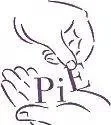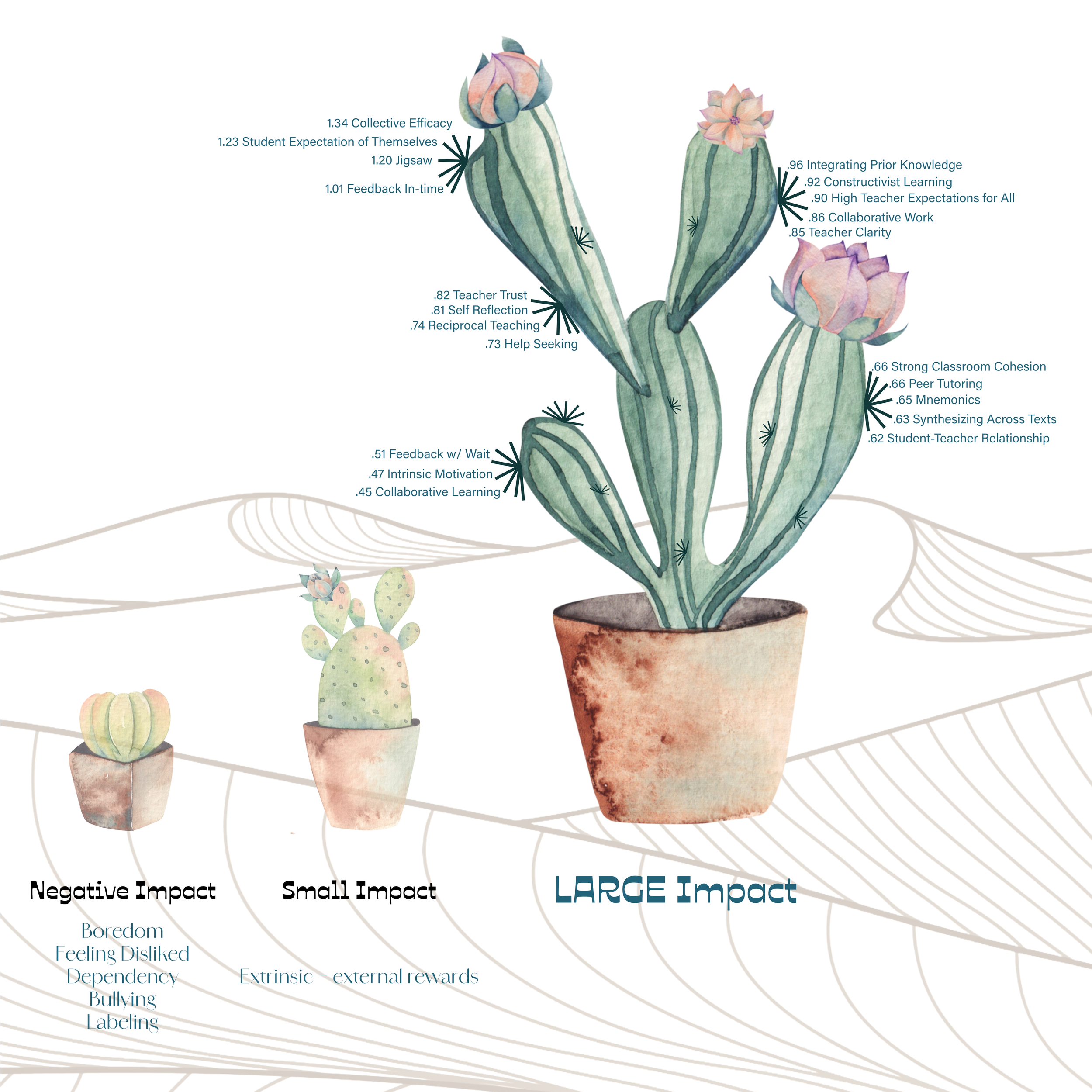The 4 Cornerstones
Multi-Age Classroom
PIE is multi-age grouping, which encourages noncompetitive, collaborative social interaction and supports each child on his/her own learning continuum, and students have the opportunity to be both mentor and mentee.
There is a two-year commitment to the multi-age classrooms at the Grade 1-2 and 3-4 levels. PIE Kindergarten students are expected to commit for the full school year.
Family Involvement
Bridging home and school provides educators with an invaluable support system, parents with a window into their child’s learning environment, and children with a sense of family involvement.
Volunteers can help inside and outside of school hours, both in the classroom and outside by gathering study resources, shopping for project supplies, prepping materials or developing community-wide activities.
Integrated Curriculum
The third essential cornerstone of PIE is an integrated curriculum approach to achievement of the NY State and District learning standards. This approach provides opportunities for students to build upon their strengths, interests, and experiences and assists them in making connections between and among the concepts and skills learned. Hands-on, project-oriented work utilizing tools such as technology and nature simulate real world experiences.
It is within this framework that PIE teachers endeavor to address the diverse needs and abilities of their students, as well as establish a learning environment that promotes inquiry, creativity, and responsibility. Free-thinking and self-directed learning skills form as student points-of-view are incorporated.
Nature Appreciation
The PIE classroom extends beyond the school building and into the natural environment. Outdoor exploration fosters a meaningful understanding of the world, whether tending to the PIE garden or bringing nature indoors.
PIE Guiding Principles
-

Are centered around big concepts and ideas that are integrated across the curriculum
Whole ideas, events and materials are presented in purposeful context.
Concepts and skills are interrelated, making learning meaningful.
-

Affirm students’ interests, ideas, and points of view as essential to the learning process
Each child possesses a unique social, emotional, and intellectual developmental profile.
Conferencing and goal setting encourages students to take initiative for their own learning.
-

Promote a community whose members include parents, students, and teachers as partners
Members of the community exchange ideas to create engaging learning experiences.
Community members, along with district leaders, assume key roles in the growth and well-being of the program.
-

Capitalize on students’ various developmental levels to effect academic and social growth
Teachers endeavor to address the diverse needs and abilities of their students with practices that include: peer tutoring, flexible grouping and cooperative learning.
Learning is socially constructed and often interactive; teachers create classroom interactions that scaffold learning.
-

Are assessed and evaluated with a variety of materials
Instruction and authentic assessment are woven together.
Developmental continuums provide the link between instruction, assessment, New York State Standards, and student portfolios.
-

Foster the growth and development of socially responsible citizens and lifelong learners
Students are encouraged to make responsible choices within the framework of
classroom expectations.Students are given opportunities to take an active role in solving problems in their community.
Learning is framed as an active process that extends beyond the parameters of school.






